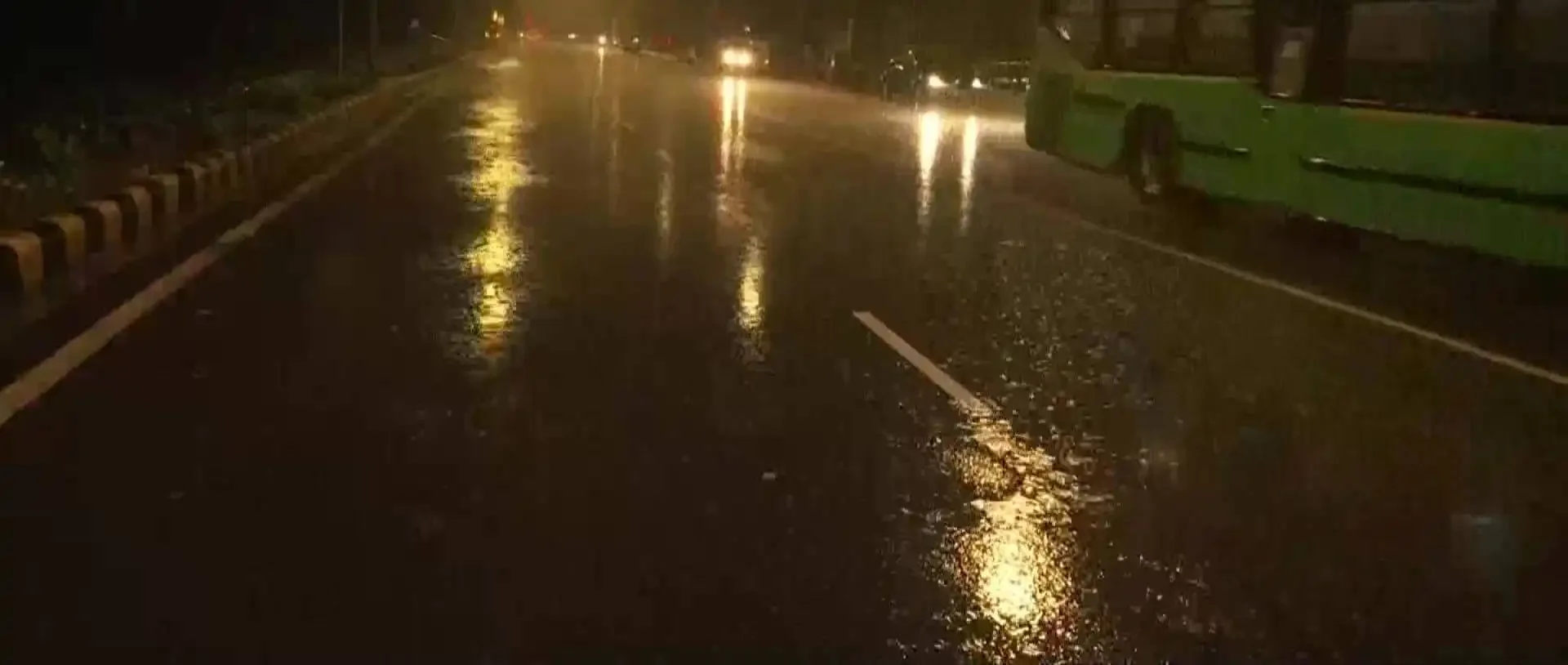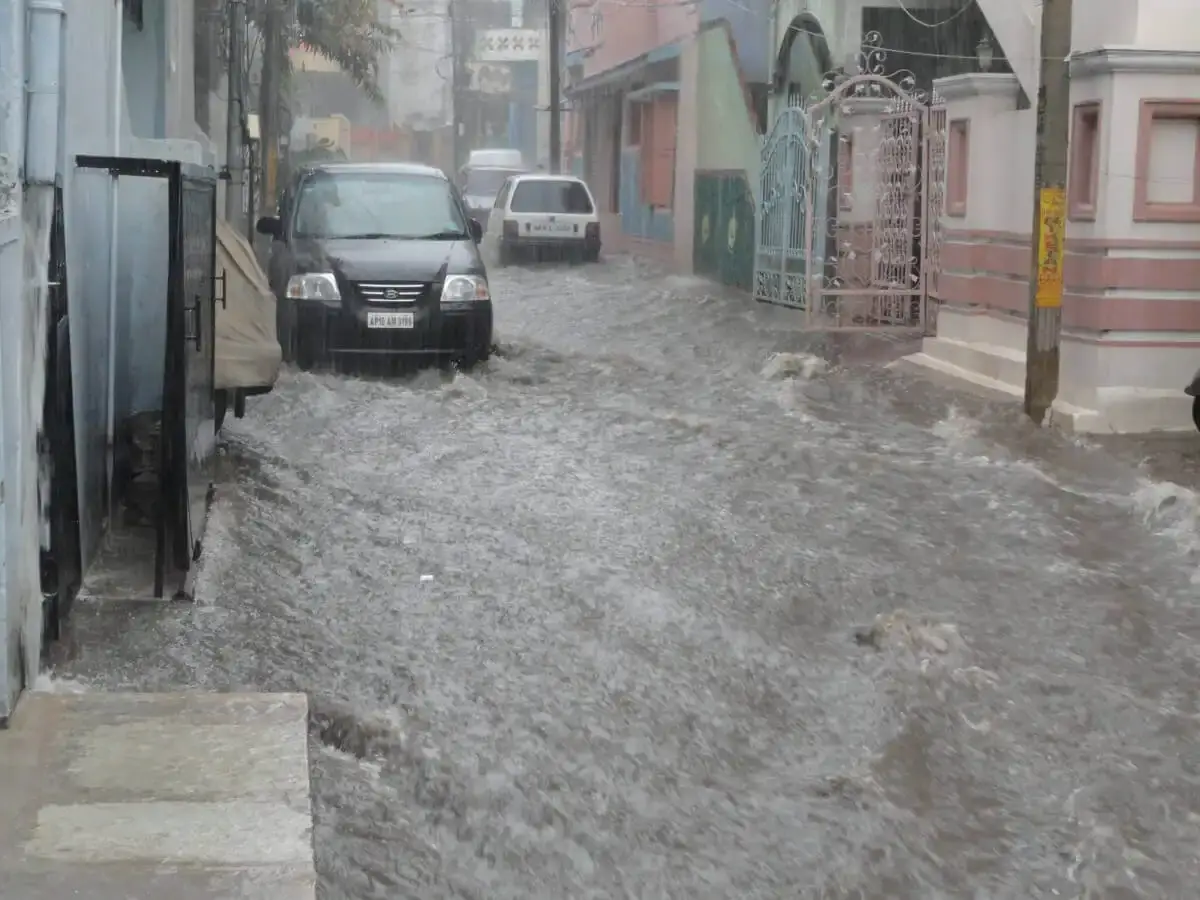Surface Type and Characteristics
Surface characteristics of roads play an important role in providing a safe and comfortable journey for road users. For instance, an uneven road causes discomfort while driving whereas a smooth road helps you to experience comfortable driving. Similarly, there are various other aspects of road surface such as friction, light reflection characteristics, and drainage, which are important in the context of safe and comfortable driving. The following sections provide discussions on
road surface characteristics.
Friction
Friction between the wheels and the road surface is a crucial factor for safe driving on roads. Inadequate friction on roads may cause difficulty in stopping the vehicle after the application of brakes. Hence, adequate friction between the wheels and the road surface is essential for safe driving. As a driver, you should be able to assess the friction and select the speed accordingly. For example, the friction on the road is generally reduced after the first rainfall of the season. Under such conditions, vehicles with worn out or old tyres will require more distance to stop.
Light reflection
Light reflection characteristics of roads play an important role in the visibility of roads at night. The visibility of concrete roads is better during nighttime as they have good light reflection characteristics, whereas bituminous roads have a poor reflection of light. As a driver, you should know that light reflection characteristic is not the same for all roads. Therefore, you should be careful about the visibility and select a speed that is safe for driving during nighttime.
Drainage
A road with a proper drainage facility helps to remove the excess water from the road surface thus ensuring safe and comfortable driving. A good drainage facility helps to remove water during heavy rainfall or from an adjacent leakage in the water pipeline. On many roads, the drainage facility is not adequate which leads to waterlogging, especially in urban areas. Also, there may be unevenness or crevasses on the road surface, which may not be visible during waterlogging. You should drive slowly and carefully while crossing waterlogged areas to ensure your safety and the safety of other road users. The image above shows waterlogging on roads which impair the visibility towards the pavement surface.


